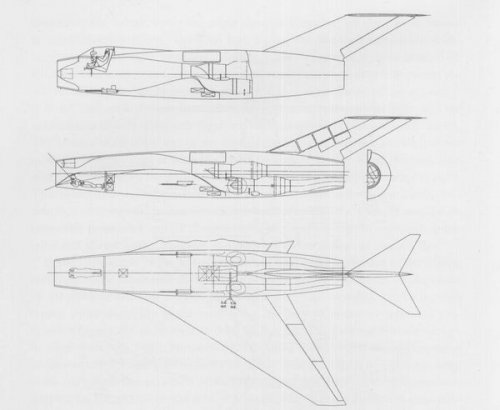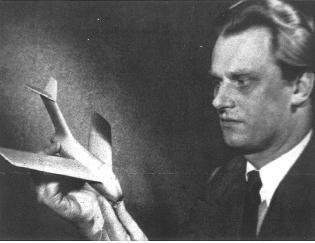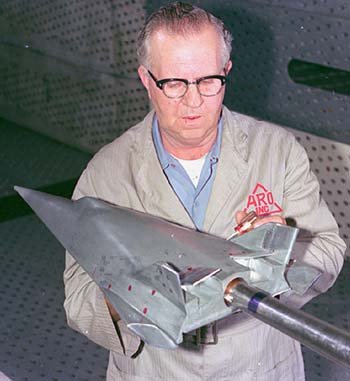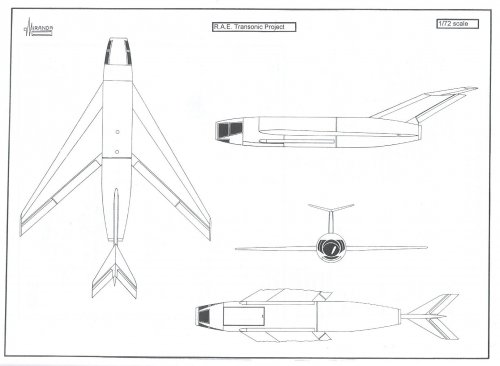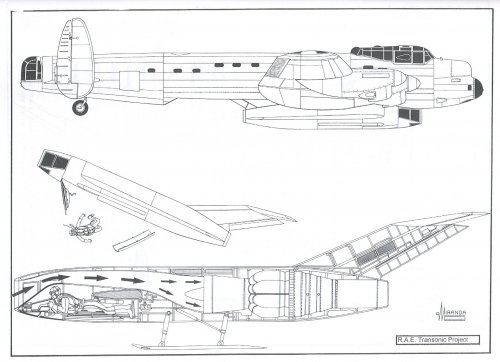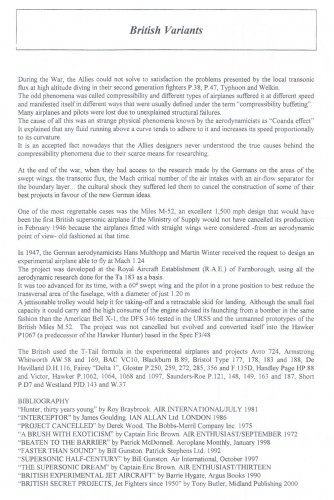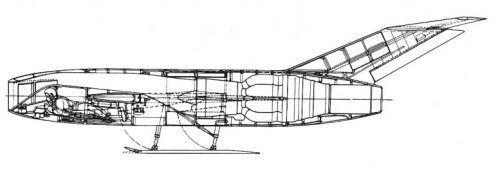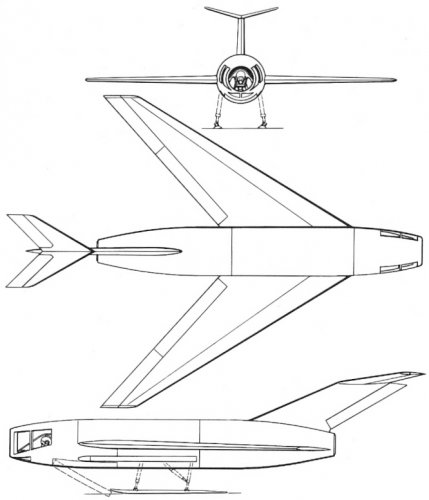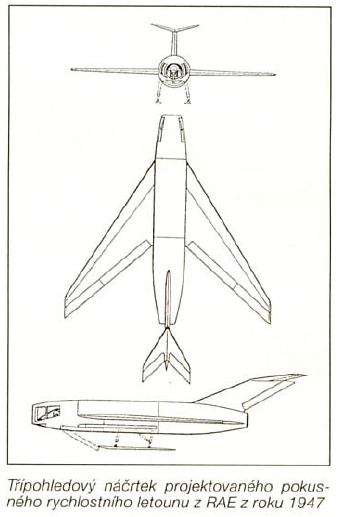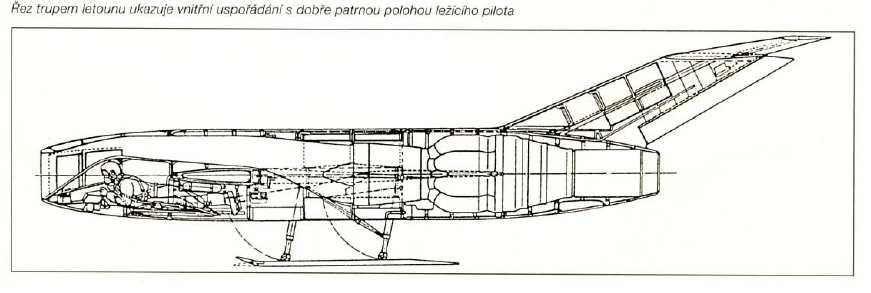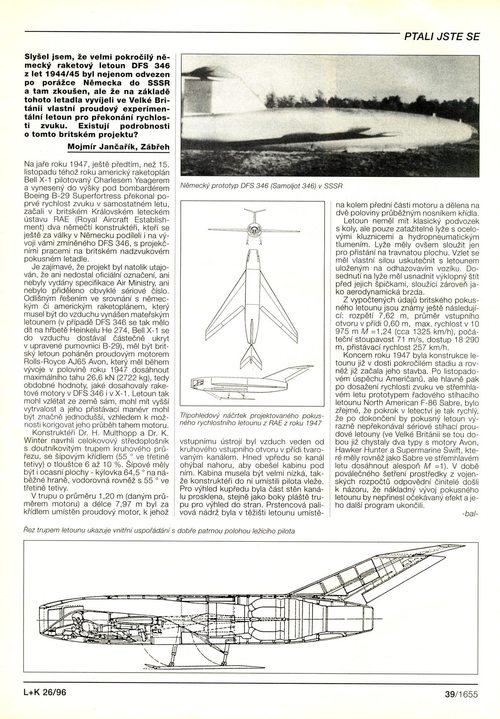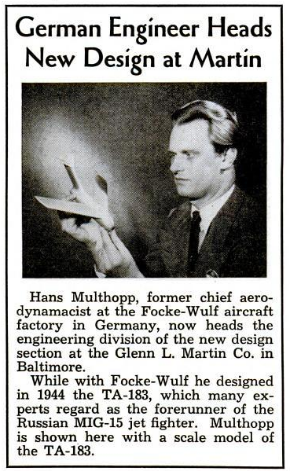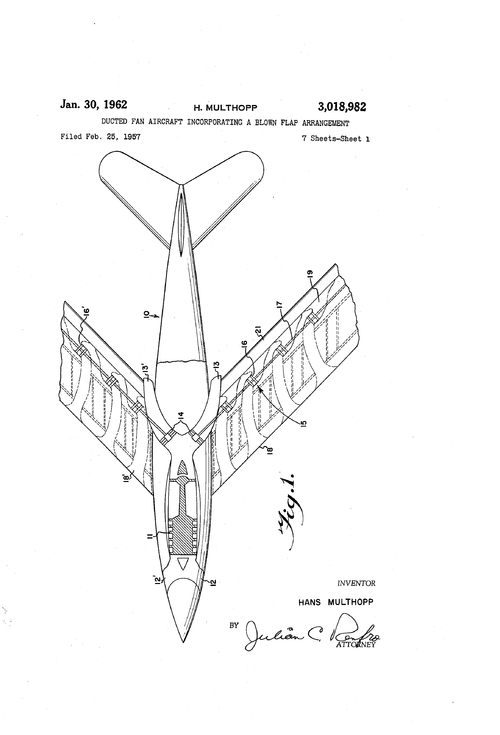A high-volume lifting body, the SV-5 was the brain child of Hans Multhopp, an aerodynamicist at the Martin Aircraft Company. The SV-5 quickly became the centerpiece of a new Air Force program known as START (Spacecraft Technology and Advanced Reentry Tests). Established in January 1964, START consisted of dual programs-the unpiloted PRIME (Precision Recovery Including Maneuvering Entry) and the piloted PILOT (Piloted Lowspeed Tests).
In early 1964, I visited the Martin Aircraft Company to gather information on the SV-5 and possibly gain some support from Martin and the Air Force in convincing NASA management to fund a supersonic lifting-body flight-test program. I met Hans Multhopp, introduced to me as Martin's chief scientist and the designer of the SV-5. A soft-spoken man with a heavy German accent, Multhopp seemed to be highly respected and admired by others in Martin engineering. After a conversation with him about the SV-5, I could understand why he was so highly respected, for his knowledge of aerodynamics and aircraft design was impressive.
A former aeronautical engineer, Multhopp had worked during World War II for the Focke-Wulf Flugzeugbau in Bremen, Germany, first as head of the aerodynamics [130] department and then as chief of the advanced design bureau. One of his projects at Focke-Wulf was designing, in conjunction with Kurt Tank, the Ta-183. Information on the Ta-183 design obtained by the Russians at the end of World War II greatly influenced the design of the Russian Mig-15 jet fighter. The Pulqui-II, a derivation of the Ta-183 design flown in Argentina after World War II, had been built by former Focke-Wulf employees who had fled to Argentina.
Whisked out of Germany at the end of World War II, Multhopp went to work for the British at Farnborough. There, he designed the swept-wing British Lightning fighter, using calculation techniques he had developed. After four years, however, the British found his arrogance intolerable and he was sacked. He then became the chief scientist for the company that eventually became the giant American aviation and space contractor, Martin Marietta.
Multhopp was able to convince Martin management as well as the Air Force that the SV-5 shape was superior to NASA's M2-F3 and HL-10 shapes on the basis of six features. First, the SV-5 was a maneuverable lifting body with no essential surface components that would be destroyed on re-entry from orbit. Second, the vehicle had a hypersonic lift-to-drag ratio of 1.2 or better, permitting a lateral range of 1,000 miles. This feature would enable a recall to any preselected site at least once a day as well as emergency recall to a suitable location from every orbit.
My first meeting with Hans Multhopp at Martin in early 1964 also turned out to be my last. After that visit, he seemed simply to disappear from public view. Later, when the X-24A was being flown at Edwards Air Force Base as the final stage of the PILOT portion of the SV-5 program, I was surprised to learn that my Air Force colleagues at Edwards had never even heard of Hans Multhopp. At that time, there was still considerable resentment in this country about using German engineers in American aerospace projects. Consequently, it became the usual practice to keep German engineers at low profile. However, this was not always true. A good example of an exception to this practice was Wernher von Braun, who rose to high rank in NASA in full public view and made a significant contribution to our space program.

